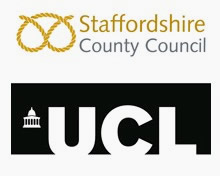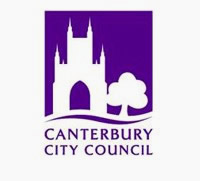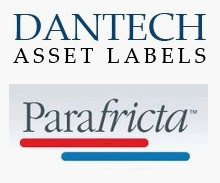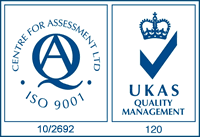GRP and FRP End of Life Options
27/07/2011
GRP and FRP composites have considerable potential in a wide variety of sectors because of their properties including:
- long-term durability
- light-weight
- ability to be produced in complex shapes
The use GRP and FRP over the past decade has brought benefits in many areas. However, most composites use thermosetting resin matrices which are not easily recycled since they cannot be remelted and remoulded, unlike thermoplastic resins. Technology has been developed to address this issue and several methods have been proven to recycle thermoset-based FRP composites.
Volumes of waste produced
Reliable figures for composite waste material volumes are difficult to obtain, but it is estimated that the volume of GFRP manufacturing waste produced in the UK in 2009 was estimated at 22,750 tonnes and end-of-life waste at 5 times that amount.
Waste Hierarchy
According to the waste hierarchy, the options for FRP waste management in order of preference are waste minimisation, reuse, recycling, incineration with energy recovery / composting, and lastly incineration without energy recovery / landfill.
Recovery of waste
To make recycling procedures as easy and cost effective as possible, FRP waste needs to be recovered in as clean and pure a condition as is feasible. This can be difficult to achieve since the materials are often used in association with other materials, often being joined together by adhesive or mechanical means.
Materials need to be clearly labelled for rapid and accurate identification of component contents. The reclaimed materials will require storage and transportation to a recycling facility. This requires the development of supply chains and a robust infrastructure.
GRP and FRP recycling technologies
Several methods have been developed including:
- Mechanical grinding – primarily for GFRP waste. The material is ground in a hammer mill or similar and graded into different fractions. This method can be economically challenging since it is difficult to produce finely ground recyclate at a cost comparable to fillers such as calcium carbonate.
- Pyrolysis – for GFRP significantly reduces the mechanical properties of the glass fibre – the has to be factored into resultant recyclate applications.
- Fluidised bed – this process can be used for CFRP and GFRP, although the method reduces the strength of the resultant fibres considerable (20% and 50% respectively), but has little effect on stiffness. The key advantage of fluidised bed is that it is can be used for mixed and contaminated materials.
- Solvolysis – this process is being developed for GFRP in current research projects. The process allows chemicals in the resin to be reclaimed.
Applications for recyclate
Few application routes have been commercialised as yet but research is ongoing to assess the feasibility of using FRP recyclate in a variety of applications.
Summary
End of life options for GRP and FRP products including recycling are still under research and in their infancy however, the future looks extremely green for these highly versatile and durable composites.
UK FRP and GRP Manufacturers
Kingsley Plastics Limited has, for over 35 years, established itself as one of the most competitive and well respected companies associated with the design, manufacture and installation of FRP and GRP Products within the UK.
Kingsley Plastics designs and manufactures an extensive range of products including:

























